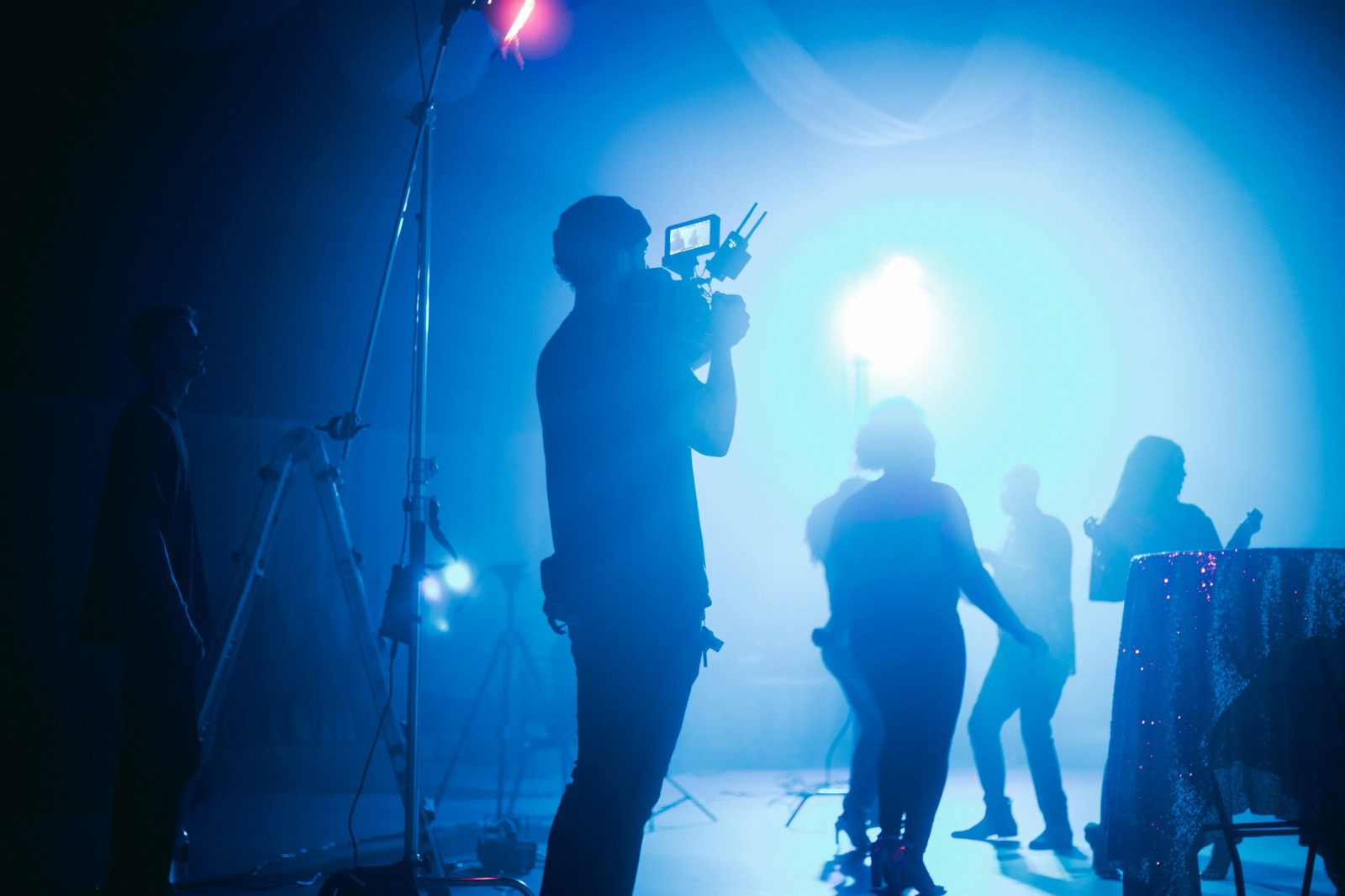AI video generators have underestimated the appeal of being a suffering artist

Photo: Kal Visuals

Given the tussle for technological dominance between Asia and the West, it is unsurprising that China has launched a competitor to OpenAI’s Sora. Unveiled at the ZGC Forum in Beijing on Saturday (April 27, 2024), Vidu is China’s text-to-video model that can generate content with simple prompts. The tool has been developed by Shengshu Technology and Tsinghua University to produce16-second, high-definition videos with a 1080p resolution. Reports claim Vidu is seeking to lure Asian creators away from Sora by being more culturally relevant. This includes training its model on iconic Asian symbols such as the Loong, a dragon from Chinese folklore.
For those keen to see AI video tools develop quickly, this is a promising step. An Asian competitor that can hold the heat to OpenAI’s heels will ensure Sora pursues innovation with purpose. Ultimately, the success of either platform will depend upon how much of the value chain they capture. These products have promise because they can engage both the top and the bottom of the video creator economy. A Hollywood videographer may come to use Sora for visual effects, while a creator with no video production experience could produce a viral hit if the idea is good enough.
Productivity versus creativity
Yet, there is a danger that in their efforts to streamline, such platforms are disregarding a valuable part of the process: the joy of crafting content. Many creators derive as much pleasure from the process as they do from the audience response to their output. Part of this pleasure comes from the battle of bringing a creative idea into existence. This means using tools and skills – no matter how basic - to carefully craft an idea into an entertaining piece of content. Sora and Vidu may save a creator time – and help those with no production skill create – but how do they successfully engage those who take pleasure in the workflow behind creativity? By prioritising productivity to such an extent, Sora and Vidu may be in danger of narrowing their use case. Too much focus on productivity may appeal to users who are cost-sensitive, time-poor, or lacking production skills, while alienating those who want to play a more active part in honing their creations.
Featured Report
The audio creator opportunity Audio creator behaviours and monetisation potential
Historically, YouTubers and TikTok influencers have received the lion’s share of mainstream attention as a creator class – but audio creators are increasingly active on the same digital platforms and operating within the same formats. As a result, the audio creator has become a jack of all trades, moving between copyediting, audio editing, and ...
Find out more…Is generative AI more suited to corporates than creators?
Perhaps, the real opportunity for content generators lies in the enterprise. In corporate marketing, arguments can be made for speed and cost trumping creativity. For creators using editing apps like Capcut, piecing together their videos with filters and music is part of the fun. This simplified process gives users enough control to make them feel like a professional video creator – despite the considerable talent gap between themselves and those in Hollywood.
This is why generative AI may struggle to truly overhaul the video creation process. There will be those who want a one-stop-shop solution to content creation. And there will be those who want to take a more active role in what they create. Sora and Vidu can appeal to the latter, but more as a tool than a holistic service. In time, text-to-video generators will come to appreciate that users do not just want to produce video like Hollywood videographer, but feel like one while they are doing it.

The discussion around this post has not yet got started, be the first to add an opinion.